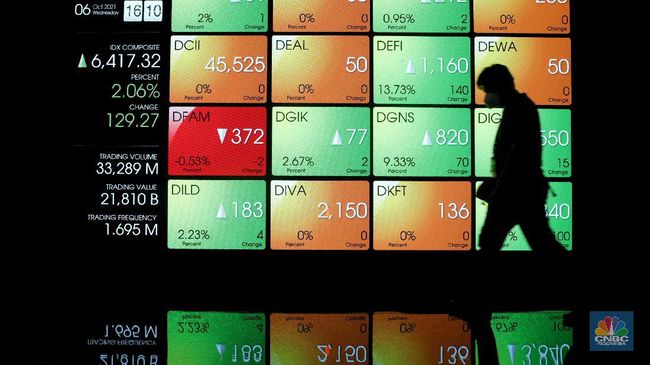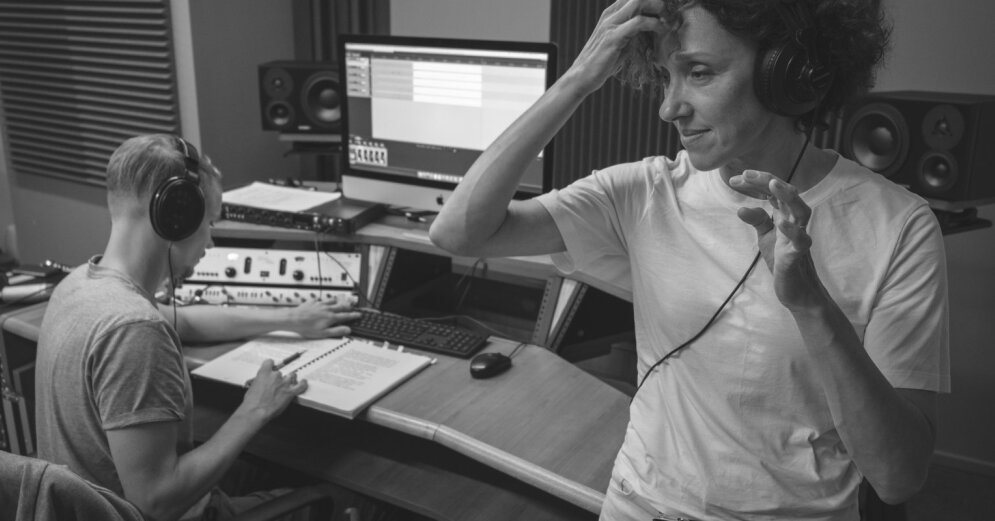–
Sony advertises the new Xperia Pro-I as a film. She gave him top equipment and especially a 1 “stacked CMOS sensor, which is her current top in this class (and therefore the world’s top). The act itself is interesting precisely because it managed to fit a camera with a 1-inch sensor into the body Panasonic offered a large CM1 model years ago, later Sharp brought the Aquos R6 smartphone with a 19mm f / 1.9 equivalent lens over a 1 “sensor, in both cases the LEICA inscription was on the lens.
Xperia Pro-I therefore, it offers a 20Mpix 1 “sensor, however, 4: 3 is used for still photos cutout from the center with an effective resolution of 12Mpix. In total, the sensor carries 315 phase focusing points covering 90% of the area, above it sits eq. 24mm f / 2 ZEISS lens. The main photomodule is accompanied by eq. 16mm ultra-wide and eq. 50mm (Sony calls it telephoto, but it’s actually a standard focus). The device can 4k / 120p video with faster data reading (significantly reduces the unwanted rolling-shutter effect) and uses a dedicated Bionz-X processor, which Sony uses in cameras. It can output 12bit RAW video. The 4k OLED display can support 120Hz, 10bit HDR (8bit + FRC), the gamut exceeds DCI-P3 and the brightness gives up to 1000 cd / m². Creator Mode is not missing. Everything is controlled by a top Qualcomm Snapdragon 888 5G with 12GB RAM, 512GB flash memory is available.
In short, Sony introduced a somewhat unique smartphone, designed not so much for photographers as for the creator of a (semi) professional video. Everything is subject to this, and from the logic of the matter, Sony did not embark on (with smartphones) the still compromise 8k video, on the contrary, it embellished all other equipment to the maximum. If that’s enough, we’ll see. Compared to the latest common models of brands such as Apple, Samsung, Xiaomi or Huawei, it offers poorer lens brightness and lower stored video resolution (however, the image from the new Xperia can certainly be better).
–
–


